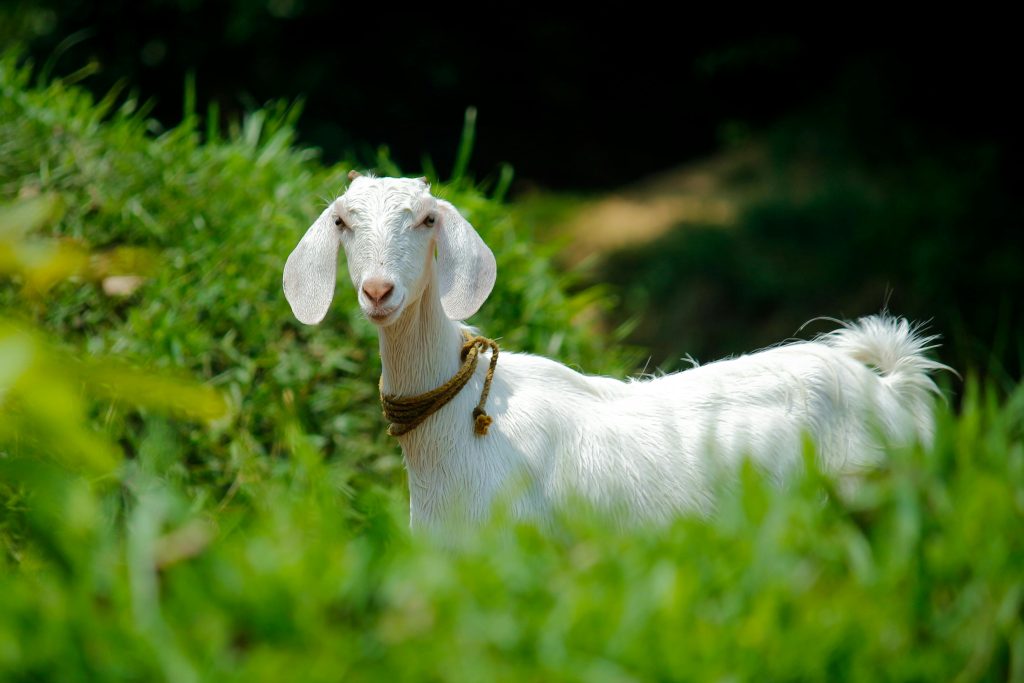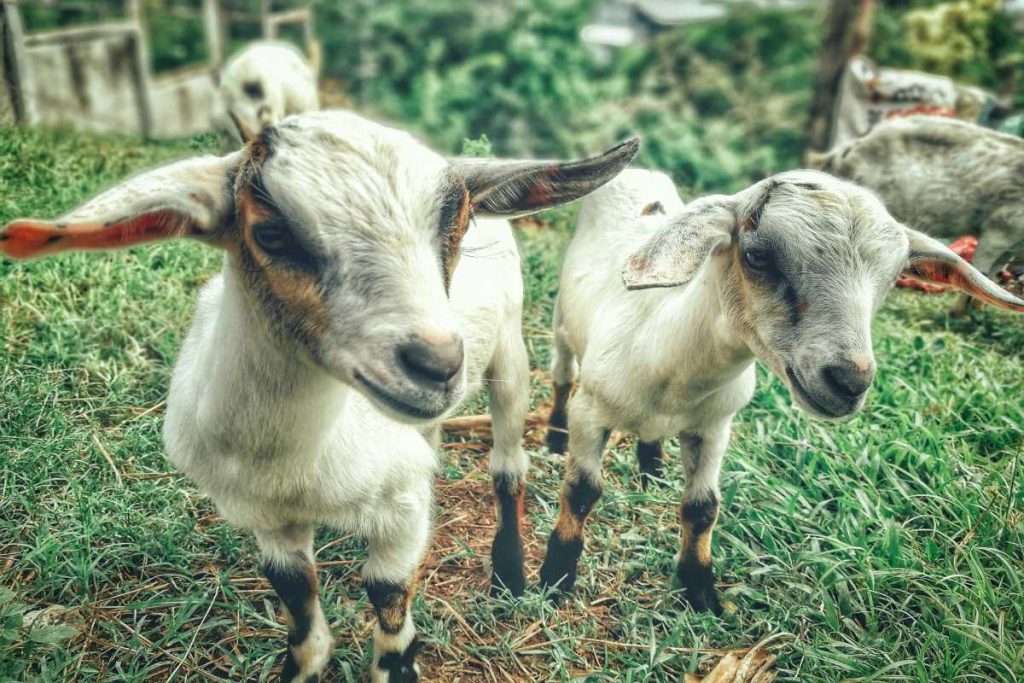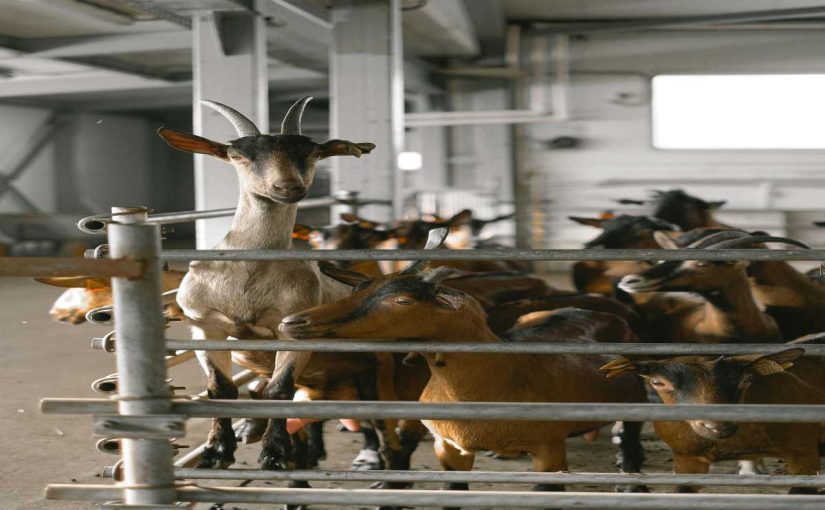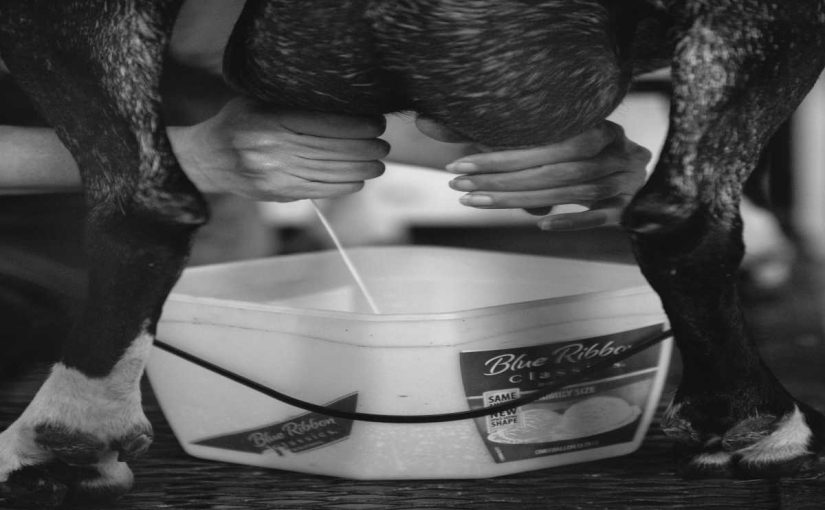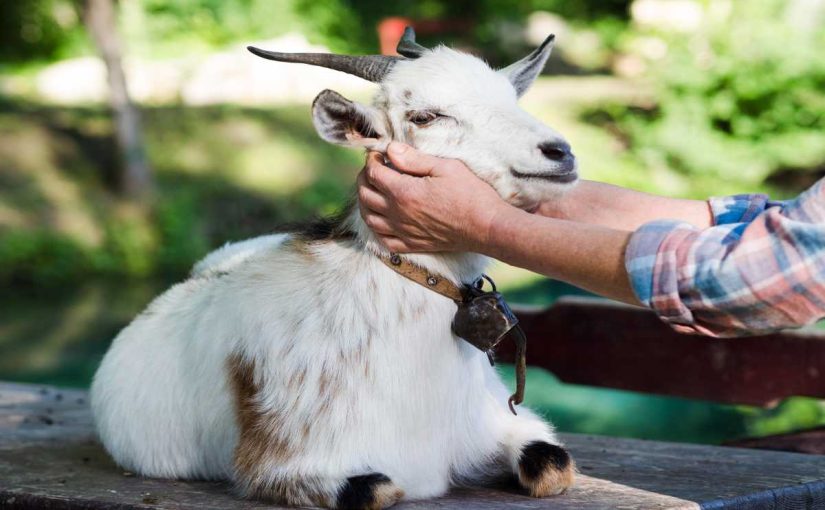Goats are known for their curious nature and tendency to nibble on just about anything they encounter. While this trait makes them great foragers, it also puts them at risk for ingesting poisonous plants that can harm their health. Protecting your goats from these dangerous plants is crucial for their well-being and longevity. In this guide, we’ll explore how to identify poisonous plants, the signs of poisoning, and effective strategies to keep your goats safe.
1. Understanding the Risks of Poisonous Plants
Why Goats Eat Poisonous Plants:
Goats are natural browsers and have a reputation for eating a wide variety of vegetation. Their inquisitive nature can lead them to consume plants that are toxic, especially when they are bored, stressed, or lacking essential nutrients.
The Importance of Awareness:
Being aware of the plants that are toxic to goats is essential for any goat owner. Knowledge of these plants allows you to take proactive steps to prevent exposure and keep your goats safe.
2. Common Poisonous Plants for Goats
Identification of Toxic Plants:
Familiarize yourself with the following common plants that are toxic to goats. It’s important to note that toxicity can vary based on the plant’s maturity, the season, and the goat’s health.
- Azalea: All parts of this shrub are toxic, causing gastrointestinal issues, depression, and even death.
- Rhododendron: Similar to azaleas, these can cause severe digestive upset and cardiovascular issues.
- Hemlock: Highly toxic, hemlock can cause respiratory failure and death if ingested.
- Nightshades: This includes several varieties, such as black nightshade and bittersweet nightshade, which can cause nausea, vomiting, and even paralysis.
- Locust Trees: The seeds and leaves can cause severe health problems, including colic and death.
- Milkweed: While it may not be the most common plant, it is highly toxic and can lead to neurological issues and death.
Local Flora:
Research local flora and create a list of poisonous plants specific to your area. This can help you identify and remove or manage these plants effectively.
3. Recognizing the Signs of Poisoning
Common Symptoms of Plant Poisoning:
Understanding the signs of poisoning in goats can lead to quick intervention and treatment. Common symptoms include:
- Digestive Issues: Diarrhea, vomiting, or bloating can indicate gastrointestinal distress.
- Neurological Symptoms: Lethargy, tremors, incoordination, or seizures can signal neurological problems.
- Respiratory Distress: Difficulty breathing or coughing may indicate exposure to toxic plants.
- Behavioral Changes: Sudden changes in behavior, such as aggression or withdrawal, can be a sign of distress.
- Excessive Salivation: Drooling or excessive salivation can indicate poisoning.
What to Do if You Suspect Poisoning:
If you suspect that your goat has ingested a poisonous plant, contact your veterinarian immediately for guidance. Be prepared to provide information about the plant, the amount consumed, and any symptoms you observe.
4. Preventing Exposure to Poisonous Plants
1. Grazing Management:
Control your goats’ grazing areas to minimize their exposure to poisonous plants.
- Fencing: Use proper fencing to keep goats away from areas where toxic plants grow. This includes avoiding overgrown areas where poisonous plants may thrive.
- Regular Inspections: Routinely inspect your pasture for the presence of toxic plants and remove them when possible.
2. Forage Quality:
Providing high-quality forage can help prevent goats from seeking out toxic plants.
- Nutritional Balance: Ensure your goats receive a balanced diet to reduce the likelihood of them browsing on harmful plants due to deficiencies.
- Supplemental Feed: If pasture quality is poor, consider providing supplemental feed to meet their nutritional needs.
3. Education and Awareness:
Educating yourself and anyone who interacts with your goats about poisonous plants is essential.
- Workshops: Attend local workshops or informational sessions on goat care and plant identification.
- Resource Materials: Keep books or reference guides on poisonous plants handy for quick identification.
5. Creating a Safe Grazing Environment
1. Remove Toxic Plants:
Take the time to identify and remove any poisonous plants from your goats’ grazing areas.
- Manual Removal: If feasible, manually remove toxic plants. Be sure to wear gloves and dispose of them safely.
- Herbicides: In some cases, herbicides may be effective in controlling the growth of toxic plants, but be cautious about the products you choose, as some can also be harmful to goats.
2. Maintain Healthy Pastures:
Maintaining healthy pastures can help prevent the growth of undesirable plants.
- Rotate Grazing: Implement a rotational grazing system to promote healthy pasture growth and reduce overgrazing.
- Weed Control: Regularly control weeds and unwanted plants that can compete with safe forage.
6. Providing Enrichment and Diversion
Encouraging Natural Behavior:
Goats are more likely to nibble on poisonous plants if they are bored or stressed. Providing enrichment can help keep them engaged.
- Toys and Structures: Provide climbing structures, toys, or other forms of enrichment to keep them entertained.
- Safe Browsing Alternatives: Plant safe, nutritious plants for them to browse on, encouraging them to focus on these instead of toxic options.
Group Dynamics:
Goats are social animals, and keeping them in groups can help reduce stress and promote natural behavior.
- Social Interaction: Ensure that your goats have companionship, as lonely goats may be more likely to engage in undesirable behaviors, including nibbling on poisonous plants.
7. Consult a Veterinarian
Regular Health Checks:
Regular veterinary visits are crucial for maintaining the health of your goats.
- Health Assessments: Your vet can perform health assessments and discuss any concerns related to diet and toxic plants.
- Emergency Plans: Have an emergency plan in place and know your local veterinarian’s contact information for quick access in case of poisoning incidents.
8. Conclusion: Protecting Your Goats from Poisonous Plants
Protecting your goats from poisonous plants is an essential aspect of responsible goat ownership. By educating yourself about toxic flora, recognizing the signs of poisoning, and implementing effective management strategies, you can significantly reduce the risk to your goats. Remember that vigilance, regular maintenance of grazing areas, and proactive care will contribute to the overall health and safety of your goats.
With these strategies in place, you can enjoy peace of mind knowing that your goats are safe and thriving in their environment. Happy goat farming!
